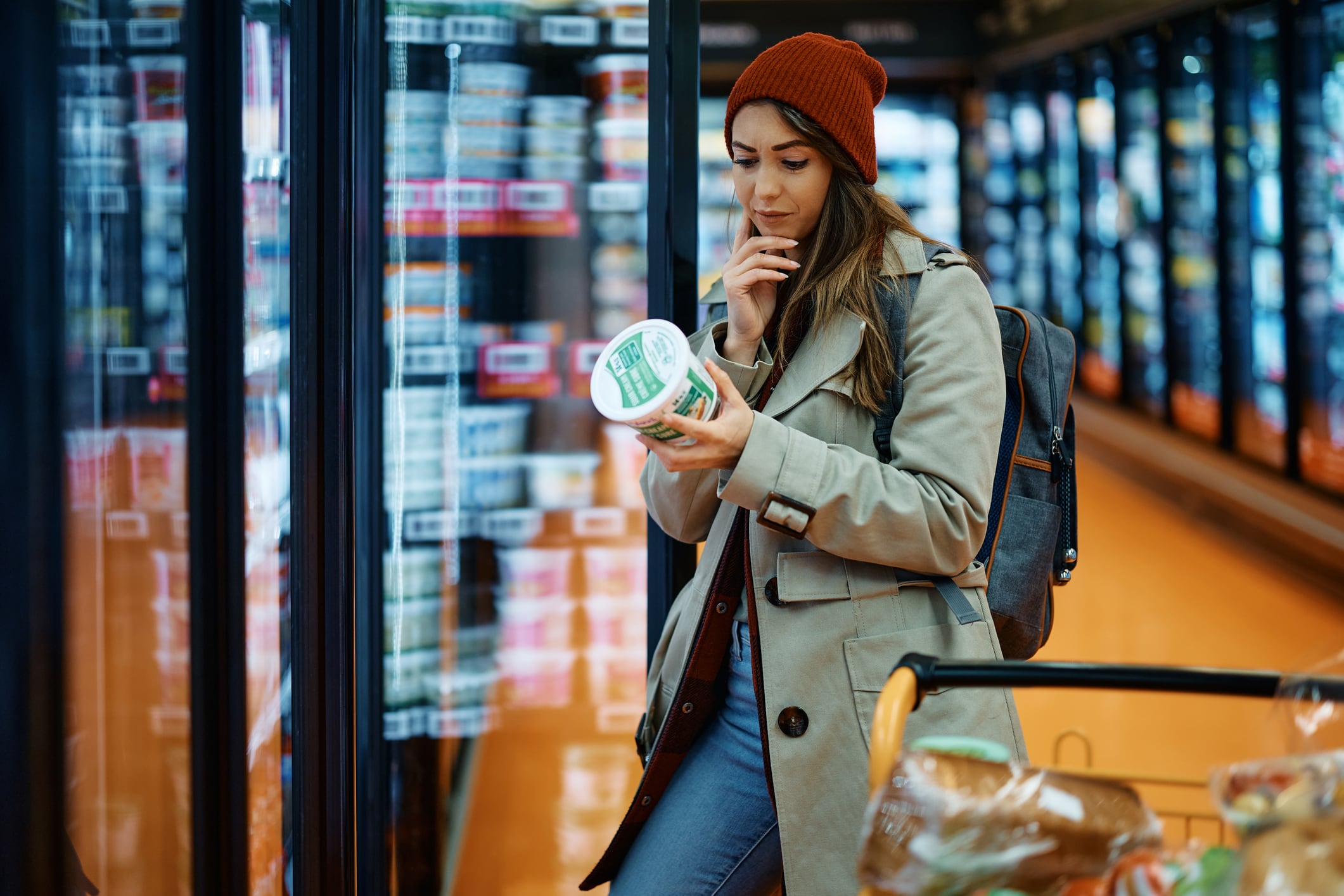The convergence of sugar reduction, clean label and functional nutrition trends is reshaping product innovation, with global ingredient leaders Cargill and Archer Daniels Midland (ADM) steering the next wave of development.
Consumers no longer view sugar reduction as a standalone goal, according to Wayzata, Minn.-based Cargill.
“Many expect the products they choose to also deliver added value, whether that’s protein, fiber or other functional benefits,” the company said in an email. “At the same time, they expect food and beverages to be free of artificial ingredients – all without compromising flavor.”
Sweet, healthy and all-natural is a challenging balance to strike with consumers, who increasingly are prioritizing their holistic well-being, according to Chicago-based ADM.
Sweeteners positioned for profit
ADM’s proprietary Outside Voice research shows 83% of global consumers are limiting sugar in their diets, and for North American consumers, sugar reduction is 62% more important when also seeking low calorie options.
“This puts a clear spotlight on low- and no-calorie sweeteners and the opportunities they present to food and beverage manufacturers to meet consumer demand,” ADM said.
The trend also is propelled by those using anti-obesity medications (AOMs) like GLP-1 receptor agonists, ADM noted. Fifty-seven percent of those users are paying more attention to sugar content in their food, according to an ADM survey, and they’re willing to pay more for it.
Want to learn more about weight management in the GLP-1 era?
How is the food industry responding to the rise of GLP-1s like Ozempic or Mounjaro?
From reformulation to portion control, appetite supression to satiety science - the GLP-1 revolution is reshaping how we think about food innovation and weight management.
Join us at our free digital summit to hear from leading experts, brands and researchers tackling the big questions:
• What role can food play in supporting GLP-1 users?
• How are consumer needs and expectations evoling?
• What are the opportunities for innovation?
Weight Management: Food Innovation in the GLP-1 Era will be broadcast 13 & 19 November 2025.
Consumers were willing to pay 10% more for beverages with claims like “naturally sweetened” or “no artificial sweeteners,” according to a Cargill survey. “This suggests a positive link between label considerations, sugar reduction and perceived value,” Cargill said.
That’s a boost for low-calorie, low-glycemic sweeteners like ADM’s stevia and Cargill’s fermentation-based stevia sweetener EverSweet. Stevia, which is considered 250-300 times sweeter than sugar, has grown in popularity since FDA acknowledged its Generally Recognized As Safe (GRAS) status in 2008.
Clean and closer to nature
Sugar reduction is not an all-or-nothing proposition, though, particularly in the beverage sector, where mid-calorie products are driving double-digit growth, according to Cargill.
In their search for healthier ways to satisfy their sweet tooth, consumers are paying closer attention to labels. North American consumers in the ADM survey said seeking clean-label products makes sugar reduction 61% more important.
“This indicates there is an even larger focus on ingredient labels for consumers concerned about their sugar (and calorie) intake,” ADM said. “Additionally, we find recognizable ingredients that are also deemed as ‘closer-to-nature’ have high consumer affinity, like stevia and agave.”
This means a wave of new product development and a “tantalizing challenge for formulators,” according to Cargill.
“On-pack claims like ‘no added sugar’ and ‘no artificial sweeteners’ may catch shoppers’ eyes, but it’s taste that determines repeat purchases,” the company added. “For brands to win in today’s crowded marketplace, they’ll need to deliver on both trends and taste.”
Emerging sweeteners
The consumer trend is driving innovation in the low-calorie sweetener sector.
Cargill released its “next-generation” EverSweet in 2018, which derives its flavor from the less bitter Reb M and D steviol glycosides found in the stevia plant, using a fermentation process it began developing in 2013 with Avansya, a joint venture between Cargill and dsm-firmenich.
FDA acknowledged the ingredient‘s GRAS status in the US in 2016 and the European Food Safety Authority (EFSA) and UK Food Safety Authority (FSA) gave it positive safety opinions in 2024.
Cargill said the product is resilient to market fluctuations because of its fermentation-based production, which insulates it from the environmental restraints and supply chain volatility of agricultural cultivation.
ADM released SweetRight Stevia Edgility in 2024 as part of its SweetRight Stevia Edge line, which the company said “leverages advancements in science, extraction and enzyme technologies, along with agronomy to breed new plant varietals that present the highest performing attributes of the stevia leaf.”
“Our newest introduction, SweetRight Stevia Edgility, provides a better sweetener profile to other stevia products on the market, including standard single readiness options like Reb (Rebaudioside) A or Reb M. Stevia Edgility also helps reduce sugar and calories and manage costs,” the company said.




